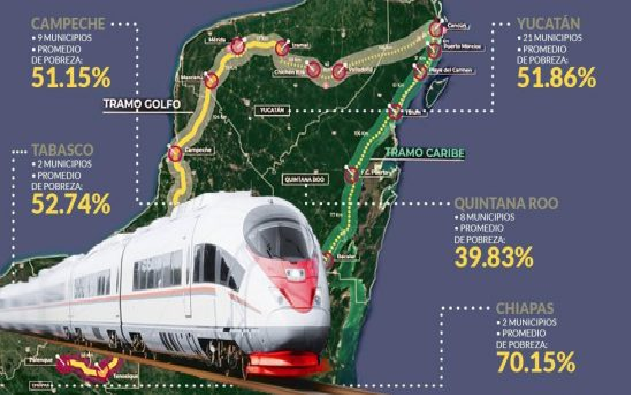Good revenue linked to the food of the different regions.
“Gastronomic tourism promotes territorial increase thanks to its capacity to attract tourists to the producing areas, configuring itself as an ally of proximity tourism in rural spaces,” said Dr. Antonio Montecinos Torres, during his participation in the Tren Maya National Convention.
A specialist in gastronomic tourism and destination planning, Dr. Montecinos gave the conference “Gastronomic and spiritual destination of the Tren Maya region” in which he spoke of the opportunities that the project could generate.
With examples of what is happening in Japan, Spain and Peru, where there are trains that take tourists to specific destinations that offer gastronomic and spiritual experiences, Dr. Montecinos highlighted that this type of tourism is friendlier when compared to others.
Dr. Montecinos pointed out that it is interesting to see how some destinations have been positioning themselves thanks to their material and immaterial gastronomic cultural heritage.
“We have to understand that gastronomy is much more than eating and drinking, we have to focus on a territory, if I talk about heritage, it must obviously be related to preservation, safeguarding, and rescuing the natural biodiversity”.
After pointing out that Colombia, thanks to its gastronomic policy, has displaced Peru as the main gastronomic destination in South America, he indicated that it is important to be clear about what type of market is being focused on because for a project, in this case, the Maya Train to be successful and profitable, there must be an offer.
Regarding wellness tourism, he said that it aims to improve and balance the main areas of human life, whether physical, emotional, occupational or spiritual. And many of the Tren Maya destinations will have to offer some type of real attraction that will make the traveler get off the plane and hop into the Maya Train for a few more hours.
TYT Newsroom


